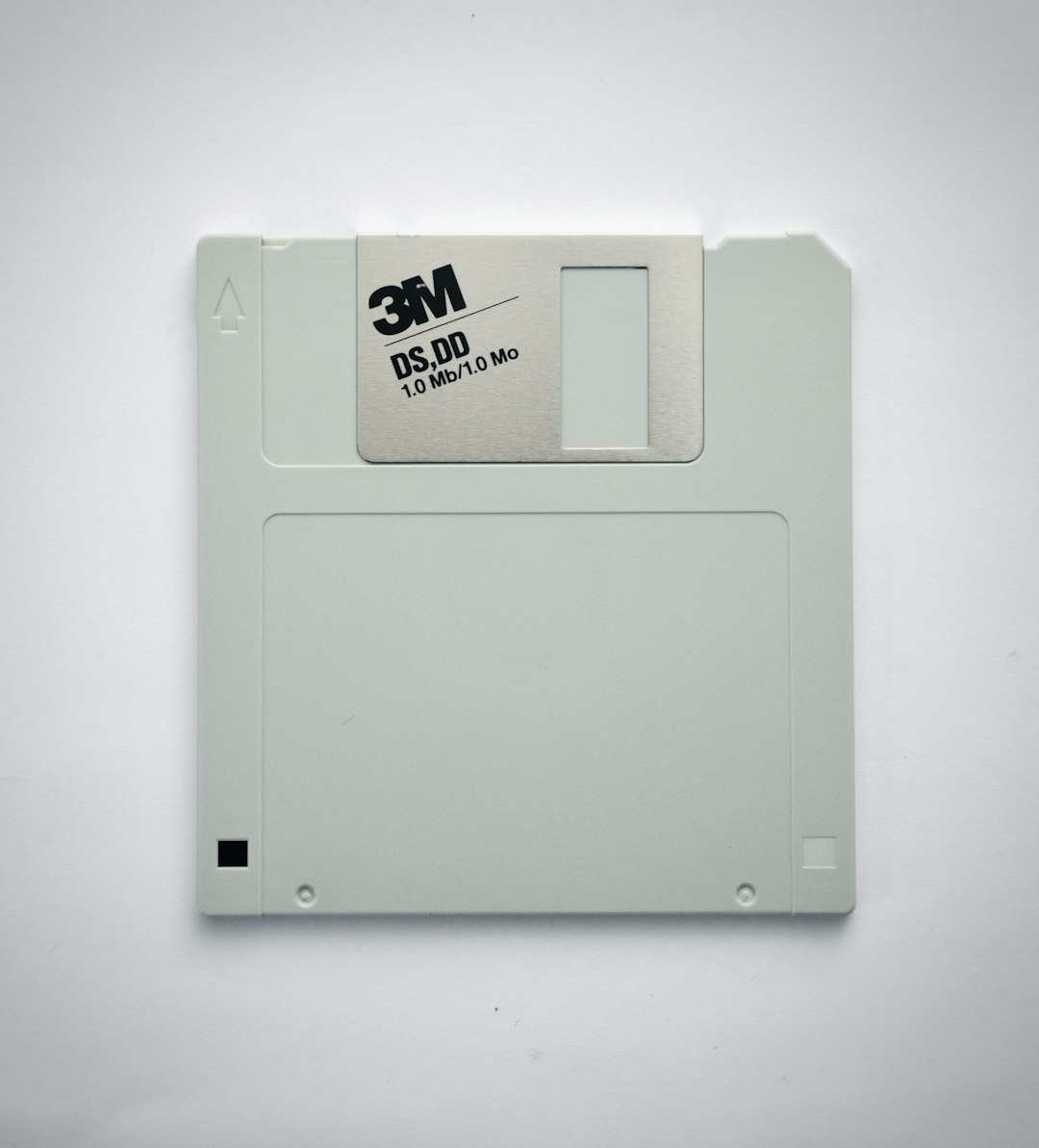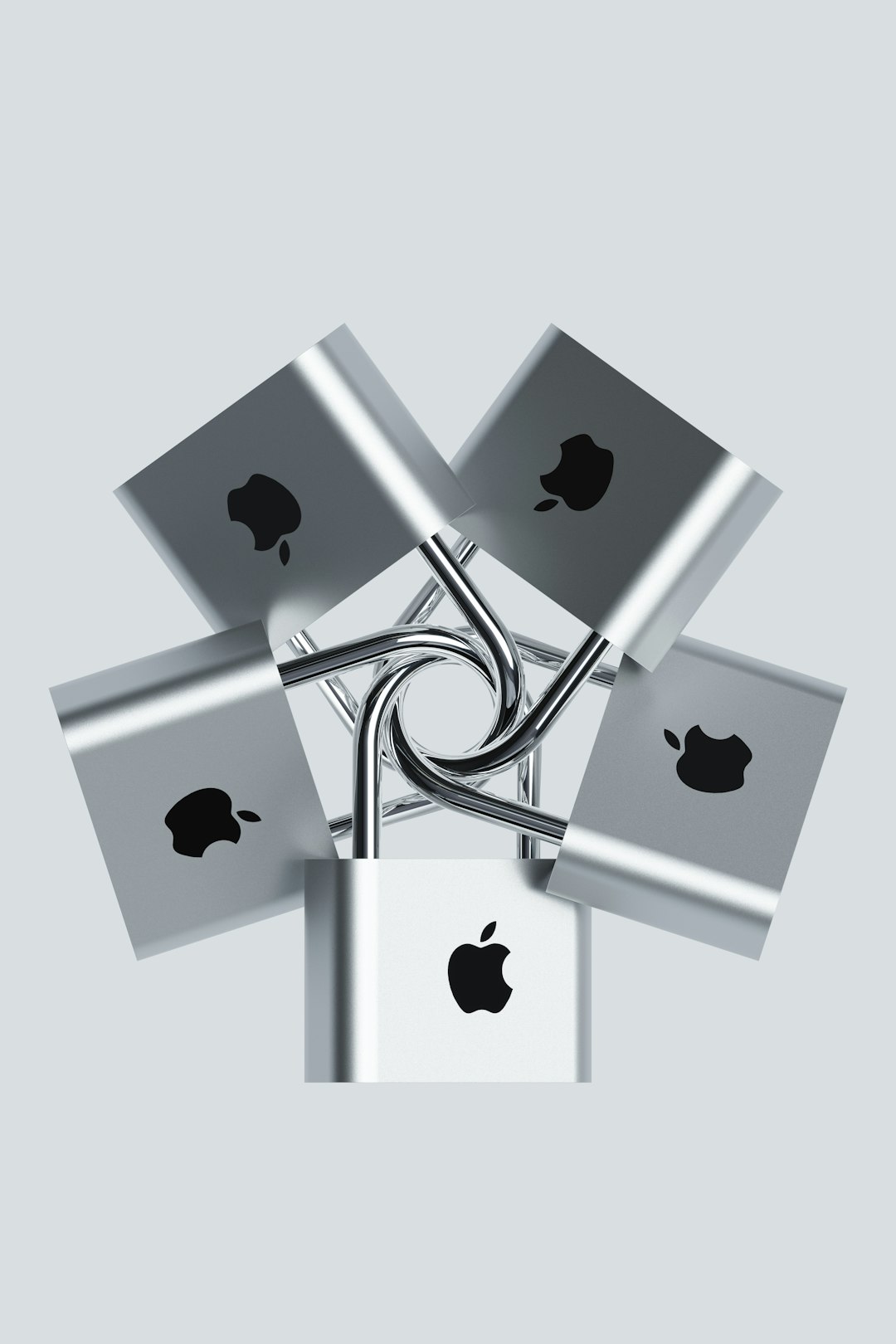When working with software on macOS, users often come across different types of installation files. Two of the most common extensions are .dmg and .pkg. To a casual user, they may appear similar at first glance—after all, both are used to install applications on your Mac. However, these formats serve different purposes and behave differently under the hood. Understanding the distinction between DMG and PKG files is essential for IT professionals, developers, and even everyday Mac users who want to make informed choices when installing software.
What Is a DMG File?
A DMG file, short for Disk Image, is essentially a mountable disk image used commonly on macOS for software distribution. When you double-click on a DMG file, it mounts a virtual disk on your desktop, much like plugging in a USB drive. The virtual drive often contains the actual application, typically represented by a .app file, and sometimes other support files like documentation or licenses.
DMG files are widely used by developers and companies to share compressed versions of their apps. They support encryption and compression, offering both size reduction and optional security for software distribution.
Here’s what usually happens when you open a DMG file:
- A new virtual volume appears on the desktop or in Finder.
- The volume typically displays a user instruction to drag and drop the application into the Applications folder.
- Once done, you can eject the disk image, and the application remains installed in your system.

This method makes it easy to install apps without needing administrative credentials in most cases and helps users avoid the complexities of a traditional installer.
What Is a PKG File?
A PKG file, short for Package, is an installer package built to execute a scripted or pre-defined installation of software, components, or system-level files. These are more advanced than DMG files and are often used by software developers for distributing complex applications that require system-level changes, workflows, or multi-file configurations.
When you double-click a PKG file, it launches the macOS Installer app, guiding you through an installation wizard. This may include performing system checks, requiring authentication, writing files to different locations on the system, and registering software components behind the scenes.
Some of the key features of PKG files include:
- Automated installation processes, including pre- and post-install scripts.
- Ability to place files in specific system-directories, beyond the Applications folder.
- Support for managing licensing terms and administrator authentication.
Comparing DMG and PKG File Types
While both DMG and PKG files install software, the contexts in which they’re used and how they function differ significantly. Here is a breakdown of the key differences:
| Feature | DMG | PKG |
|---|---|---|
| File Type | Disk Image | Installer Package |
| Interaction | Manual (drag-and-drop installation) | Automated (scripted installation) |
| Administrative Access | Usually not required | Often required |
| Use Case | Simple app distribution | Complex software installation, system-level changes |
| Support for Scripts | No | Yes (pre-install, post-install) |
| File Compression | Built-in compression | Often not compressed natively |
From this table, it becomes clear that DMGs serve well for lightweight, user-installable software, whereas PKG files cater to more sophisticated installations that may involve altering system settings or deploying software across multiple user accounts.
Advantages and Disadvantages
DMG Files
Advantages:
- Easy for end-users to understand and use.
- No special system access is needed.
- Compressed and portable format simplifies distribution.
Disadvantages:
- No automation or scripting capabilities.
- Relies on user to complete installation correctly (drag-and-drop).
- Not suitable for complex software requirements.
PKG Files
Advantages:
- Fully automated installation.
- Support for custom installation scripts for greater control.
- Better suited for enterprise-level deployments and IT management.
Disadvantages:
- Can require administrator credentials, which may not be ideal in all use cases.
- Increased complexity for developers when packaging software.
- More difficult to analyze exactly what is being installed without third-party tools.
Security Considerations
From a security perspective, both DMG and PKG files carry potential risks if sourced from untrusted developers or websites. The open nature of disk images makes it easy for bad actors to host malicious code within what appears to be a legitimate application. PKG files, because they can run scripts and access deeper parts of the system, pose an even higher risk if not validated properly.
Apple’s Gatekeeper and notarization processes mitigate many of these risks by requiring apps and installers to be signed by verified developers. Additionally, users can check for digital signatures and notarization badges in the installation process. IT administrators often use Mobile Device Management (MDM) solutions to enforce additional controls over which types of software can be installed.

Which One Should You Use?
The decision between DMG and PKG should align with your specific software deployment needs:
- If you’re a developer offering a standalone application for users to install on their own, DMG is likely the better choice.
- If you need to install system files, create user accounts, or perform pre-configuration steps, then PKG provides the necessary tools.
For enterprise environments, the PKG format is preferred because it supports scripting, automation, and compliance with centralized software management systems.
Conclusion
Understanding the difference between DMG and PKG file types is more than a technical curiosity—it’s a vital aspect of managing software on macOS effectively and securely. While both are common in the Apple software landscape, they cater to different user needs and administrative requirements. Choosing the correct format can impact user experience, security, and operational efficiency.
As macOS continues to evolve, and with Apple tightening control over third-party software distribution, mastering these file types and their appropriate usage is imperative. Whether you’re a developer, sysadmin, or everyday user, making informed decisions about installations will ultimately protect your system and enhance performance.